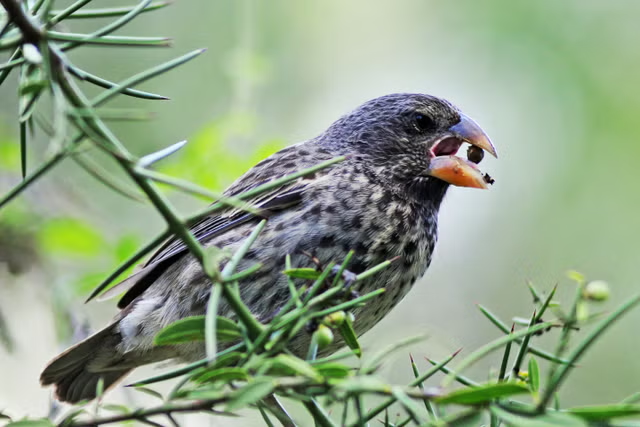Your support helps us to tell the story
Support NowThis election is still a dead heat, according to most polls. In a fight with such wafer-thin margins, we need reporters on the ground talking to the people Trump and Harris are courting. Your support allows us to keep sending journalists to the story.
The Independent is trusted by 27 million Americans from across the entire political spectrum every month. Unlike many other quality news outlets, we choose not to lock you out of our reporting and analysis with paywalls. But quality journalism must still be paid for.
Help us keep bring these critical stories to light. Your support makes all the difference.
Scientists have developed a fluid that turns into a strong sticky fibre when shot out of a gadget to lift objects several times its weight – a breakthrough inspired by comic book superhero Spider-Man.
Researchers have long sought to create strong fibres that could be deployed as tethers, inspired by the silk secreted by moths, spiders and several other insects.
But developing such fibres with the stiffness, elasticity and adhesive properties of spider silk has been a challenge – until now, researchers at Tufts University say.
Fortified with the right additives, a silk moth protein, called fibroin, shot through a narrow needle can form a tough sticky fibre, according to a new “accidental breakthrough” described in Advanced Functional Materials. “I was working on a project making extremely strong adhesives using silk fibroin and while I was cleaning my glassware with acetone, I noticed a web-like material forming on the bottom of the glass,” study co-author Marco Lo Presti said.
Initially attempting to replicate spider threads, researchers noticed that fibroin solutions formed a semi-solid gel when exposed to chemicals like ethanol or acetone over several hours. But with the chemical dopamine, the solidification process occurred “almost immediately” to create high-tensile sticky fibres.
The dopamine mixture appeared to accelerate silk protein’s transition from liquid to solid by taking away water from it, scientists say.
They also found a thin stream of the silk solution, surrounded by a layer of acetone, turned into a sticky solid when shot through a special needle. As the acetone evaporated in the air, the fibre attached to any object it contacted.
Adding chitosan, a protein found in insect exoskeletons, made the fibres up to 200 times more tensile, while chemicals like borate buffer seemed to increase the adhesiveness about 18-fold, scientists say.
The diameter of the fibres can be controlled to range from the width of a human hair to about half a millimetre, depending on the bore of the needle.

The fibres shot this way can pick up objects over 80 times their weight under various conditions, scientists say. In various tests, the fibres picked up a “steel bolt, a laboratory tube floating on water, a scalpel partially buried in sand and a wood block from a distance of about 12 centimetres”.
Although spider silk is still some 1,000 times stronger, scientists say, the new fibres can be improved for various applications. “This process can be finely tuned to achieve a controlled fabrication of instantaneously formed adhesive hydrogel fibres,” Dr Dr Lo Presti said.
“It’s really a superhero-inspired material.”
Disclaimer: The copyright of this article belongs to the original author. Reposting this article is solely for the purpose of information dissemination and does not constitute any investment advice. If there is any infringement, please contact us immediately. We will make corrections or deletions as necessary. Thank you.



